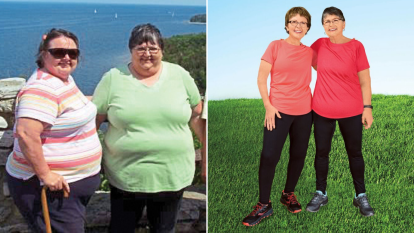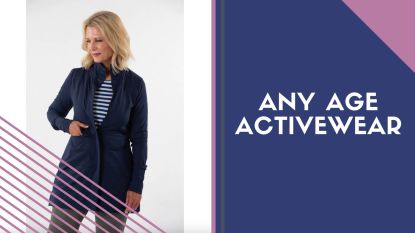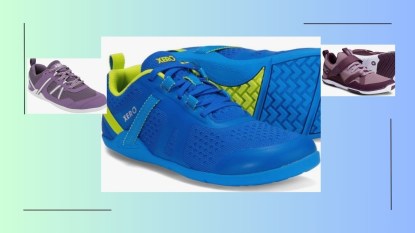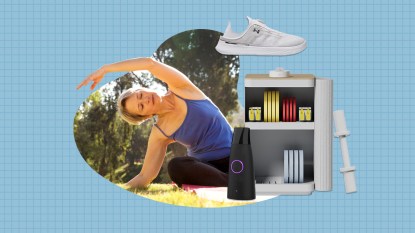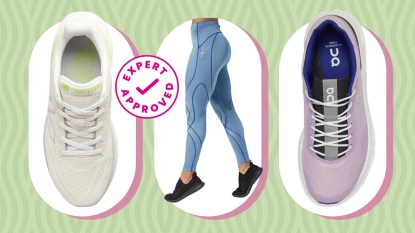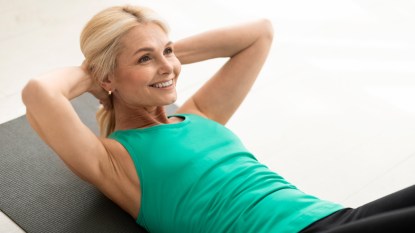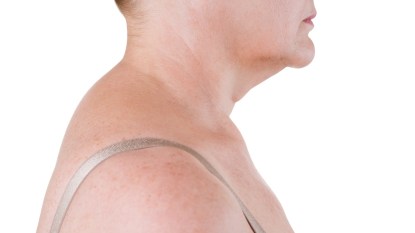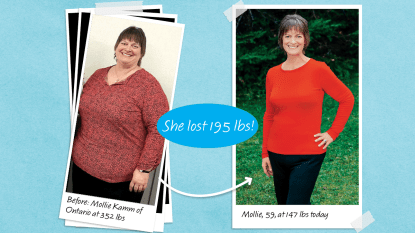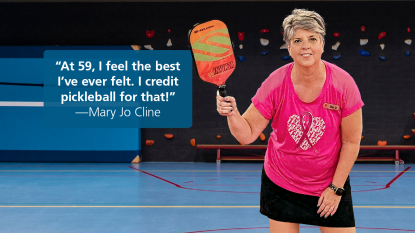What Is Pilates?: Everything You Need To Know About Doing Pilates
Plus, learn a few of our favorite Pilates moves you should try.
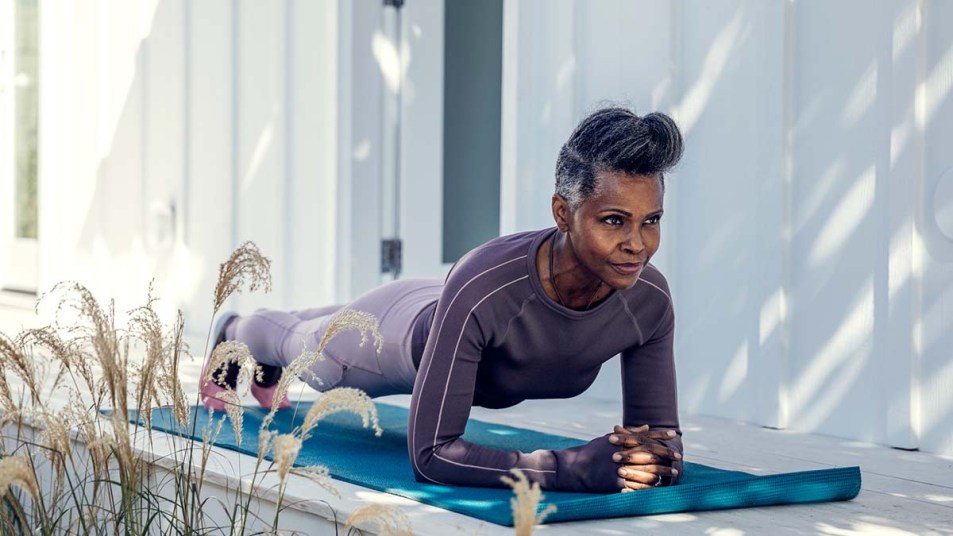
Starting a new exercise regimen doesn’t have to be overwhelming. One great option for beginners and lifelong athletes alike is a Pilates class. Whether you’re looking to reduce low back pain, prevent injuries, or build strength, Pilates is a bodyweight exercise that can shake up your fitness routine. It’s easy to customize this form of exercise to fit our wellness needs, and we can get started at home or at a studio with ease.
Below are some of the health benefits of this popular workout (plus a little info on how it got so popular in recent years).
What Is the History of Pilates?
Pilates was developed more than one hundred years ago by Joseph Pilates, who launched his newfangled fitness program in Germany before bringing it to Britain and, ultimately, the United States, where he opened the first Pilates studio in 1923.
Pilates was an ill child in his youth, so he dedicated his teen and young adult years to getting strong and fit — starting with bodybuilding. He became an expert on all things fitness, researching everything from the workout routines of the Greeks and Romans to martial arts. As an interned German immigrant during World War I, Pilates worked as a nurse and began using some of his exercise ideas to help patients with pain management and strength training during recovery. He’s credited as the first person to combine Western and Eastern approaches to fitness, which is why Pilates shares many similarities with routines like yoga.
Pilates opened his first Controtology studio in New York City, where it was a success with dancers for its use in injury recovery and prevention. Over the years, the program would change its moniker from Contrology to Pilates, named, of course, after its founder.
What Are the Benefits of Pilates?
There are many reasons to consider adding Pilates exercises to a wellness regime. One of them is, of course, weight loss. But because Pilates is a low-impact exercise and there are so many different types of Pilates, it’s easy to find a method that’s aligned to your goals.
Here are just a few of the benefits of Pilates that you may see after beginning a practice.
It increases core strength.
When our core is strong and reliable, our whole body benefits. While Pilates is made up of over 600 unique exercises, a large focus of mat Pilates is on core stability. That’s because proper core strength helps protect the body from injuries and wear and tear due to overuse, which is particularly important as we age.
And don’t worry if you don’t like core workouts. Pilates actually takes a full-body approach to fitness. By strengthening and supporting the abdominal muscles, back muscles, and pelvic floor muscles in effective low-impact routines, your entire core will grow stronger and tighter.
It helps to prevent injuries.
The early dancers who attended Pilates studios benefited from fewer injuries largely because Pilates is a low-impact workout. This means you’ll have fewer concerns about injury or pain during Pilates training, unlike other more intense workouts.
It’s also a full-body workout designed to strengthen and support essential systems and give you greater body awareness. For instance, a stronger core will help to prevent falls. You’ll also be able to strengthen and maintain the body parts and systems that are often subject to longer periods of sitting and inactivity, which can make a big difference for both comfort and injury in the long and short term.
It improves mobility.
Many of us sit at a desk for most of the day, which is why Pilates is such a useful tool. Most of its workouts focus on mobility and flexibility, ensuring that your muscles are strong and relaxed. You’ll likely get relief from upper back pain, lower back pain, neck pain, and other strains and irritations with increased flexibility and range of motion from Pilates.
It supports balance.
Pilates may be a relatively gentle workout, but it can still make a big difference in your muscle strength. For example, your glutes will firm up after just a week or two of Pilates workouts. The stronger your essential muscles, the better your balance, which will help to prevent dangerous falls and keep you safe.
It improves posture.
If you’re accustomed to working at a desk, you may notice a lot of neck or back pain due to your static posture. Over time, poor posture can lead to discomfort, pain, and more serious complications. Through stretching and strengthening, Pilates will help you sit up taller.
How Is Pilates Different From Traditional Exercises?
Pilates takes inspiration from many workouts and exercises, but it also stands on its own. Here are a few ways Pilates is different from other exercises.
You train inside out.
Pilates is a type of exercise that really sticks. That’s because of its focus on understanding the mechanics of the body and how the muscles really work. In Pilates, you’re encouraged to use your muscles to generate movement based on strength, flexibility, and balance. This differs from traditional strength-building workouts, where movement is used to stimulate the muscles.
It’s low impact
One of the reasons Pilates is such a great workout for beginners and long-term experts alike is because it’s both low impact cardio and strength training. Its low and slow method builds muscle and improvse flexibility and mobility by compounding progress and sustaining it over time.
It’s gentle.
Pilates is also an easy workout to adjust to your needs. While you’ll see a significant increase in muscle strength over time, it’s a good option for working out with back, neck, or joint pain, as it’s highly customizable.
A Few Moves to Try
When you’re ready for mat work, you have some great options to pick from, and it’s easy to adjust your routine around injuries and specific strength-building needs.
Here are a few of our favorite Pilates moves to try.
Single Leg Stretch
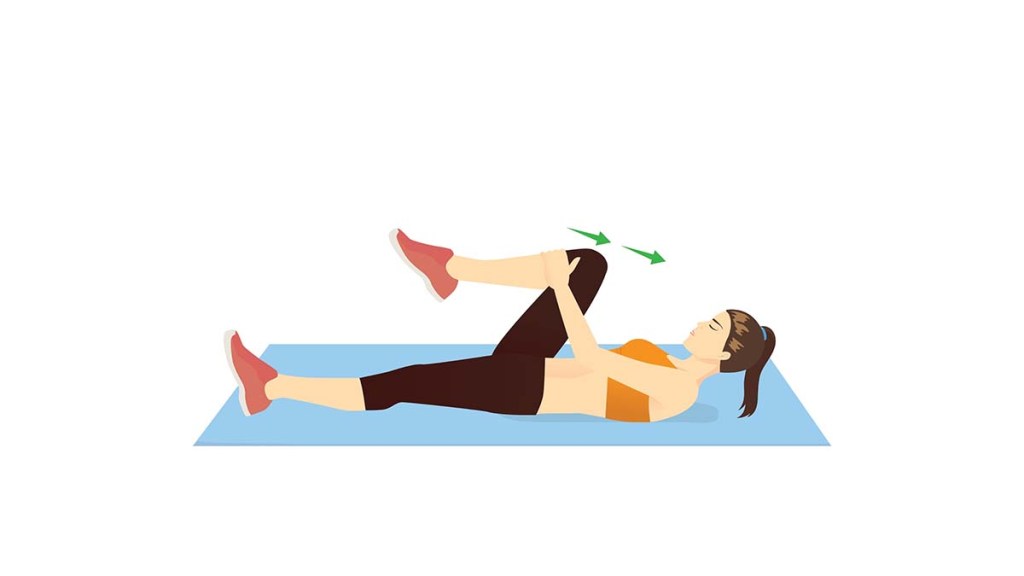
Lie on your back and extend one leg. At the same time, pull the other knee into the chest. Alternate legs for a great core workout, and then move on to a double leg stretch.
Scissor Kicks
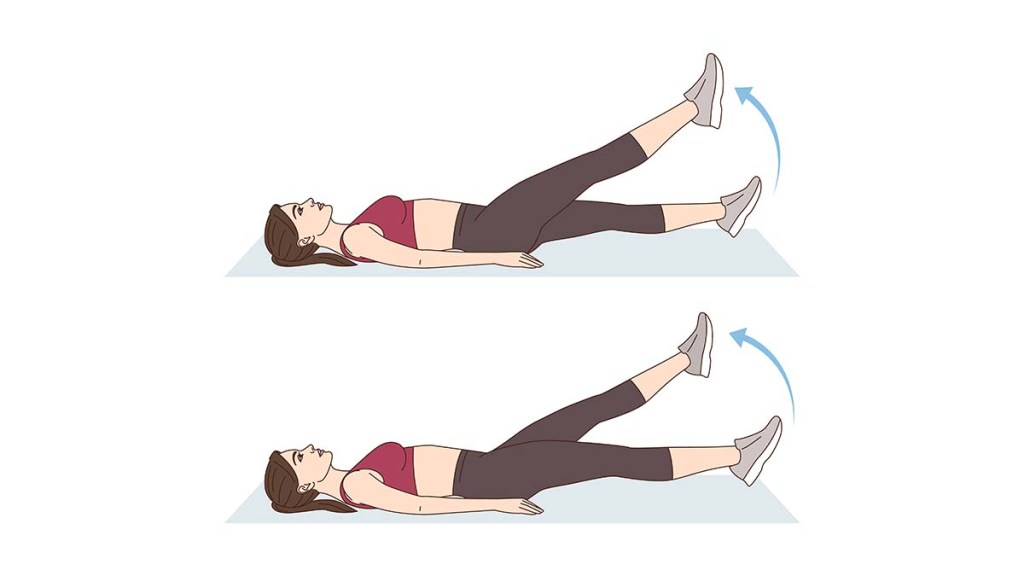
Scissor kicks get their name from the motion of your legs as you lie on your back. Pull one leg to your face while releasing the other to the floor, keeping both legs as straight as possible. Alternate legs for a core workout.
Plank Workouts
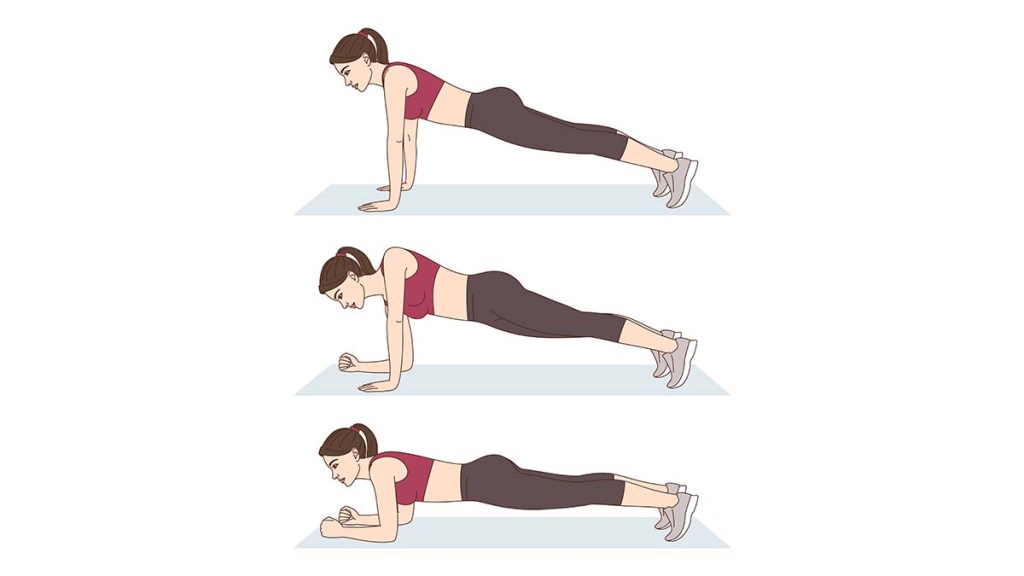
You can always start your plank workouts on your knees or adjust as needed. There are many fun and unique plank workouts to try in Pilates, like slow-motion mountain climbers, leg lifts, or the plank rock movement, where you rock your body forward and backward in a plank position. Plank workouts exercise the abs, legs, and arms.
Bird-Dog Crunch
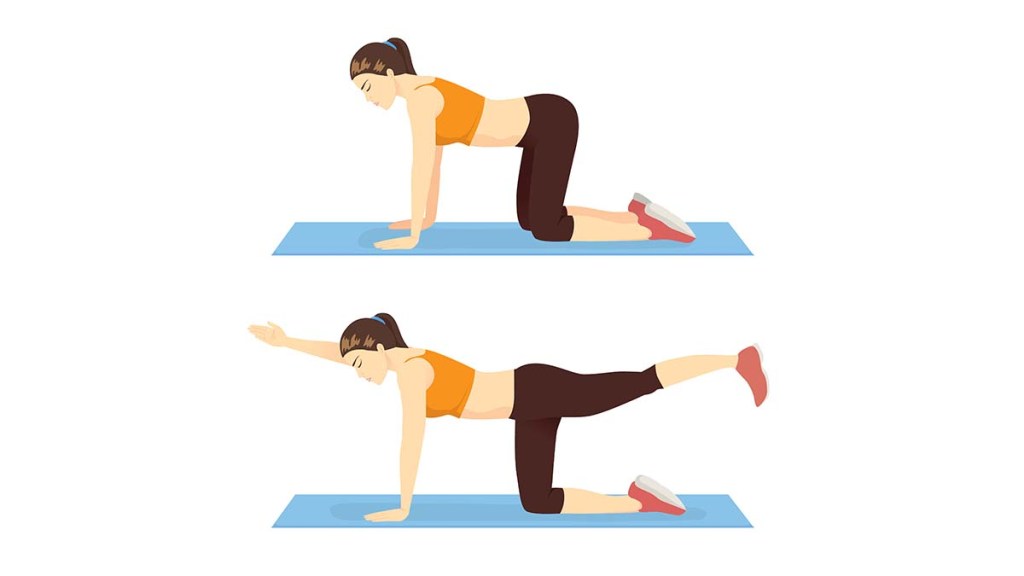
Crunches don’t have to be boring! Take a hands and knees position on your mat, and then extend your opposite arm and leg. Pull your arm and leg in towards each other, touching your knee and elbow as you curve your spine up. Re-extend your arm and your leg out long. Repeat for a set and then change sides. Your ab muscles, leg muscles, and arm muscles will thank you!
The Home Stretch
The perfect workout routine is one that a) you’ll stick with for a long time; and b) won’t strain or put pressure on your body. Because there are so many different methods and workouts to pick from, it’s easy for exercisers of any fitness level to participate (even at home). Try different workouts, like plank exercises, crunches, and dips, to see which combinations work for you.


